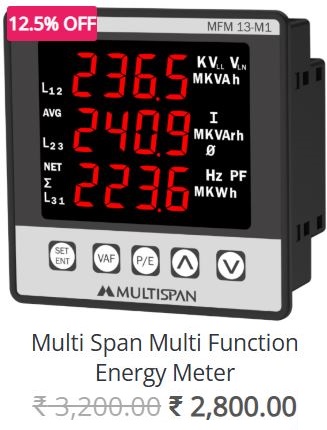Boiler Automation: Improving Efficiency and Safety in Industrial Boilers
In the realm of industrial operations, boilers play a crucial role in processes ranging from heating and power generation to steam production. However, maintaining the efficiency and safety of these systems can be challenging. Enter boiler automation—a transformative approach that leverages technology to enhance operational performance, ensure safety, and reduce costs. In this blog, we’ll explore the benefits of boiler automation and how it can significantly improve efficiency and safety in industrial settings.
What is Boiler Automation?
Boiler automation refers to the use of control systems, sensors, and advanced software to monitor, manage, and optimize boiler operations. This technology enables real-time data collection and analysis, allowing operators to make informed decisions and streamline processes. By automating various functions—such as fuel management, temperature control, and pressure regulation—facilities can achieve more reliable and efficient boiler performance.
Benefits of Boiler Automation
1. Enhanced Efficiency
One of the primary advantages of boiler automation is the significant boost in operational efficiency. Automated systems can continuously monitor key parameters, ensuring that the boiler operates within optimal ranges. Here’s how automation improves efficiency:
- Optimized Fuel Usage: Automated controls adjust fuel supply based on demand, reducing waste and lowering operational costs.
- Real-Time Monitoring: Continuous data tracking allows for immediate adjustments, preventing energy losses and improving overall efficiency.
- Predictive Maintenance: Automation systems can predict when maintenance is needed, minimizing downtime and ensuring that the boiler operates at peak performance.
2. Improved Safety
Safety is paramount in any industrial operation, especially when dealing with high-pressure systems like boilers. Automation enhances safety in several ways:
- Real-Time Alerts: Automated systems can detect anomalies or dangerous conditions, triggering alarms and shutting down the system if necessary.
- Remote Monitoring: Operators can monitor boiler performance remotely, reducing the need for personnel to be physically present in potentially hazardous environments.
- Consistent Operation: Automation minimizes human error, ensuring that safety protocols are consistently followed.
3. Increased Reliability
With automated systems in place, the reliability of boiler operations increases significantly. Automated monitoring ensures that potential issues are identified and addressed before they escalate. Key aspects include:
- Continuous Operation: Automated systems can run diagnostics and perform routine checks without interruption, ensuring that the boiler remains operational.
- Data-Driven Insights: The collection of operational data helps identify trends and potential issues, allowing for proactive measures to maintain reliability.
4. Compliance with Regulations
Industrial boilers must adhere to various environmental and safety regulations. Automation can help organizations stay compliant by:
- Monitoring Emissions: Automated systems can track emissions in real-time, ensuring compliance with environmental standards and regulations.
- Documentation and Reporting: Automation tools streamline record-keeping and reporting processes, making it easier to demonstrate compliance during inspections.
Key Components of Boiler Automation
To implement an effective boiler automation system, several components are essential:
- Control Systems: Programmable Logic Controllers (PLCs) and Distributed Control Systems (DCS) manage the boiler’s operation by processing data and executing commands.
- Sensors and Instruments: Temperature, pressure, and flow sensors provide critical data for monitoring and controlling boiler performance.
- Human-Machine Interface (HMI): This interface allows operators to interact with the automation system, providing real-time information and control options.
- Communication Networks: Reliable communication systems ensure that data flows seamlessly between sensors, controllers, and operator interfaces.
Steps to Implement Boiler Automation
1. Assess Current Systems
Start by evaluating your existing boiler systems and processes. Identify areas where automation can enhance efficiency, safety, and reliability.
2. Define Objectives
Clearly outline the goals of your automation project. This could include reducing operational costs, improving safety, or increasing compliance with regulations.
3. Choose the Right Technology
Select automation technologies that align with your objectives. Consider factors such as scalability, compatibility with existing systems, and ease of integration.
4. Involve Stakeholders
Engage key stakeholders, including operations staff, maintenance teams, and safety officers, to gather insights and ensure buy-in for the project.
5. Train Your Team
Invest in training for your staff to ensure they are proficient in using the new automated systems. This will help maximize the benefits of automation and improve overall safety.
6. Monitor and Optimize
Once the automation system is implemented, continuously monitor its performance. Use data insights to make ongoing improvements and adjustments as needed.
Conclusion
Boiler automation represents a significant advancement in improving efficiency and safety within industrial boilers. By embracing this technology, organizations can achieve greater operational performance, enhance safety protocols, and ensure compliance with regulations. As industries continue to evolve, investing in boiler automation will not only optimize processes but also position companies for future success in an increasingly competitive landscape. Embrace the power of automation today and transform your boiler operations for the better!














